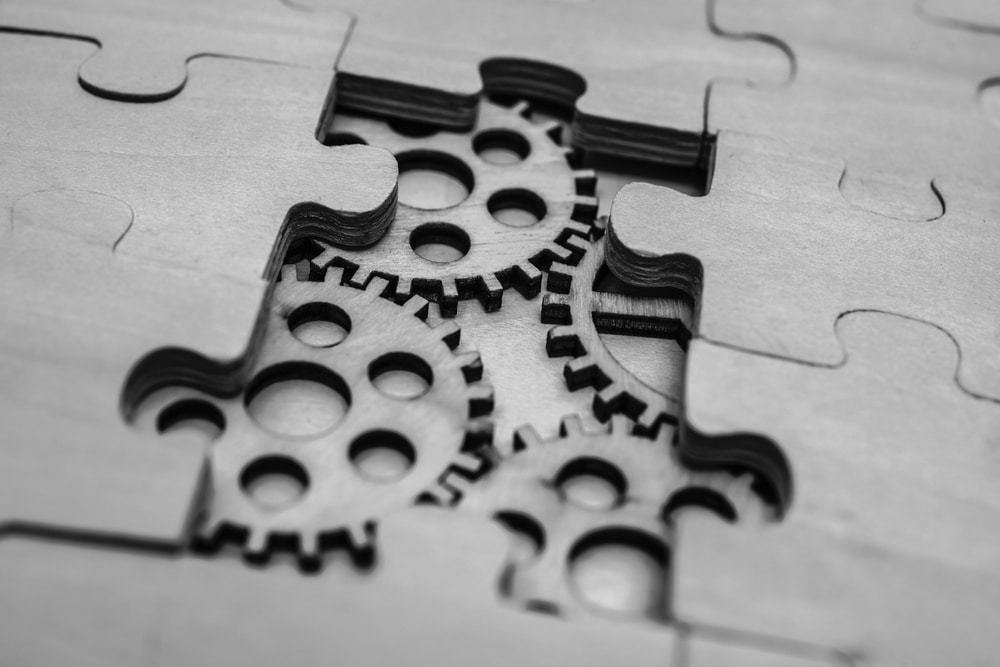Plain Sailing
OK... My previous article outlined the need for your business to have a clear marketing message ensuring you attract the right clients.
AutoIQ
You know the ones…. they trust you, trust that you have their best interests at heart and are willing to work with you rather than question all that you do in the name of low cost. If all clients were like this wouldn’t your businesses and the technical repairs (not a big fan of the word diagnostics) within it be plain sailing???? If only that were true.
Plain Sailing
I’m not the nautical type, but I do know that to set sail without sufficient preparation would be foolhardy and the likelihood of you reaching your destination in a timely manner, at an agreeable cost to the customer, with a healthy margin of profit for the shipping company, would be highly unlikely 9 times out of 10. There aren’t many that would refute my nautical scenario.
This being the case, why is it that we (as an industry) often set off into uncharted territory of the ‘Technical Repair’ without sufficient preparation, but remain constantly surprised each time the repair process meanders when the fog comes in, or at worst ends up on the rocks….. no I’m not sure why either.
Does this mean that we are marooned on an island of despair, or is there a glimmer of hope on the horizon? It’d be a pretty short article if there wasn’t a way through the fog! I’ve spent the best part of my career testing these waters to find a route that’s repeatable for all without the need of an automotive version of columbus at the helm.
Elements For Success
So how do we avoid the perils that often emerge along the voyage of a technical repair? It’s quite straightforward. The amazing thing here though is that the components for a smooth journey can be applied to any repair regardless of vehicle or system. So what do you need?
- 1
Clear business strategy
- 2
Effective marketing
- 3
Great front of house skills (touched on this in the last article)
- 4
A business owner who’d like to fix the vehicle first time and maximise long term profit
- 5
A technician that cares. Notice I didn’t mention skill. There’s a reason for that :-)
- 6
The right serial tool. A mix of manufacturer and generic works well
- 7
The right information. Generic info has a place, just.... It’s really manufacturer all the way for me here really!
- 8
The correct tooling such as smoke machines, gauges, scopes etc..
- 9
The right amount of time. Not an issue if you have great marketing and a super front of house team
- 10
A killer process!
That’s it… that’s all you need. Regardless of the problem at hand. If we have those components then we can fix the car first time, at a cost that’s beneficial to the customer and profit from technical repairs. With these elements in place it’s a lot more fun that groaning as another job starts to meander towards the rocks.
Easy? No! – Achievable? Yes!
A win for the customer, technician and business owner sounds great, but if it’s so straightforward then why doesn’t it always happen? Some of this can be attributed to awareness of the business owner and the steps required to move forward. Although more often than not it’s common for a business owner to become entrenched in the day to day mayhem of the independent repairer rather than take a strategic look at the root cause of the issue. Take a high level view and you’ll see the reason is a simpler one. Habit! If we are to expect consistently positive results (and we’re missing the mark currently) then we’ll need to take action and change our habits.
If changing our habits was easy then I’d have a six pack, BUT I don’t. Why not? I don’t have a compelling WHY. Your WHY is a reason that drives you towards the desired outcome, the one thing that pulls you towards the intended result and keeps on pulling regardless of the undesirable bumps in the road that challenge your path. With a strong enough WHY you really can achieve anything!
Ironically the reason that I don’t have a six pack is exactly the same reason technical repairs meander and sometimes hit the rocks. The business owner doesn’t have a big enough WHY.
My Epiphany
Like a lot of independent repairers I spent many years without a WHY. I opened the doors in the morning, we smiled at clients, fixed their cars, put some money in the bank. Sleep eat repeat. One snag though… fixing cars was quite frustrating in some instances as they took me longer than I’d have liked and that hit my bottom line. Not great… in fact if I’m being honest (which I can be because we’ve been together in this article for five minutes and I think we’ve become friends) it could be pretty crap some days.
This was until… I was exposed to a new way of thinking. I was a much younger man than I am now, back in the day when pulling codes meant looking at duty cycle (Mercedes in the 90’s if you’re wondering) and acid house was my music of choice. At this point my gaze was firmly fixed on North America. There were some technicians that just seemed to think differently and their ‘test the living shi* out of everything’ attitude sat quite well with my OCD nature. This new awareness started a chain of events that continue to this day as I’d just found my WHY!
So my new North Star was ‘diagnostics’. I’m allowed to use that word in this context as back in the day it existed as a sub genre of vehicle repair, and I’m not sure that’s broadly the case today. Anyway… I committed time and resources to improve my skill set, regular visits to my ‘diagnostic gym’ revealed skills I’d not realised I had and the ‘fat’ started to fall away with just a hint of a six pack emerging. The really cool thing here though….. I was starting to fix the ‘technical’ issues rather than just make them better!
Better Isn’t Fixed
A first time fix is crucial. There’s a bunch of reasons why a vehicle returns to your workshop for a second crack of the ‘diagnostic whip’ and it’ll be down to one of the reasons above (4 through 10). The focus of our training program is to STOP this occurring, whilst increasing profit along the way. What follows is an example of a vehicle that hit the rocks for one captain and was tugged into our workshop some years ago. I’ll manage your expectations up front. The repair isn’t an exciting one but it does highlight why ‘better isn’t fixed’.
Picture a red Ford Fiesta. It was a tidy enough car but the MIL light was on. My client’s complaint was that he’d replaced the catalyst (trade client) as it’d had the MIL light on previously for a P0420 catalyst efficiency code. The vehicle was back with him as the light had re-appeared whilst his customer was driving a week or two later. I’d been asked to test the catalyst as a new one had been fitted, but I needed to find out a little more before I commenced my evaluation.
It transpired that the vehicle had become a bit of a boomerang and had a few issues of late. These started with a misfire. An easy enough fix, a new coil had been fitted and the client happily sent on their way. One problem…. three weeks later the vehicle’s back with a misfire on the same cylinder. The same test was applied, swapping coils from one cylinder to next. Unfortunately though, the fault did not move from the offending cylinder, further testing revealed that the ECU was faulty as the coil was not being driven. The customer was called and after an awkward ‘why didn’t you find that last time’ conversation a new ECU was fitted and the vehicle restored to good health, or at least that’s what all parties thought. You guessed it, it returned once more….
Technical Evaluation Part Three…
So the vehicles back in their workshop, the codes are pulled to reveal a P0420 and the client is contacted to be told they have a new fault, to fix this a catalyst is required. A genuine catalyst is advised although the client does not like the quote and requests that the cheaper aftermarket alternative is supplied and fitted. This work is duly carried out, codes cleared, learned values reset and the customer sent on their way.

Here we go again… well you know what comes next. The MIL lights back on once more with a grumpy customer on the phone to my client and now the vehicle is with ourselves for the new aftermarket catalyst to be tested. Which we did and it failed. No surprise there as we’d seen it a few times previously when the aftermarket catalyst is half the size of the original. Now our procedure thereafter was nothing ‘magical’, we took at look at some serial data, carried out a few tests to ensure the engine systems where healthy and that a new genuine catalyst wouldn’t fail once fitted. Followed by our post fix procedures we ensured the vehicle was not only better but stayed fixed.
You may be ahead of me here but just in case… with the correct processes in place, and some additional tests carried out when the first coil was fitted, the customer could have been made aware of the impending doom that followed. And made an informed choice as whether to continue with the repair or cut and run. It would have also saved the repairing garage some awkward conversations.
The Technical Jury
You may be reading this thinking that my customer shouldn’t be allowed to work on cars. Please don’t! My client took the mistakes they made on the chin, with no cost for ‘their mistakes’ to their customer. My take on this is that we’re not here to judge, but to be pragmatic, and if you’ve been in this industry long enough and do some honest soul searching, you’ll have experienced similar situations to some greater or lesser extent. I’m keen to analyse these events and chart a voyage out of the fog.
The big question is how do we reduce these instances or rule them out completely? It’s quite straightforward. Your business should take a hard look at points one through nine, be honest on where you require improvement and take small but regular steps to achieve them. You could even come and work out at our diagnostic gym.
Hit the red button now or give us a call on 01604 328500






